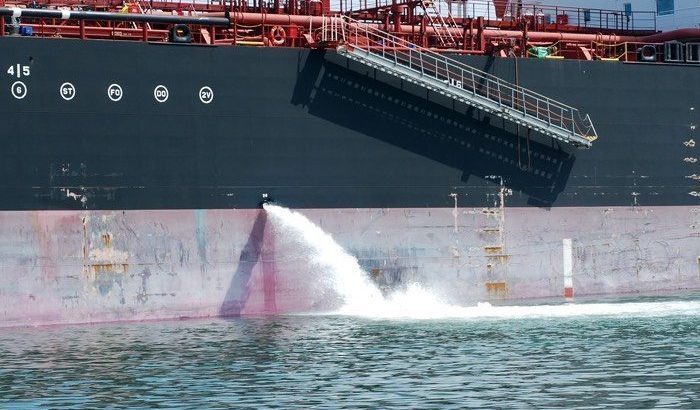Canada announces new ballast water regulations

The Government of Canada has introduced new Ballast Water Regulations to strengthen existing rules for Canadian vessels anywhere in the world and introduce new rules for vessels in Canadian waters.
Vessels are now required to plan their ballast water management and reduce the number of organisms in their ballast water, typically by installing a ballast water management system; and carry a valid certificate, keep records, and be regularly surveyed and inspected. Smaller vessels may follow an equivalent approach tailored to their operations and size.
The new regulations are based on a global approach to managing ballast water. They address Canada’s obligations under the International Convention for the Control and Management of Ships’ Ballast Water and Sediments, 2004, and reflect years of discussions with industry, scientists, engineers, US legislators and regulators, and international partners.
As a result of the regulations, the Government of Canada expects to prevent the introduction and spread of some 34 species, including five severely damaging species, by 2044. By preventing harm to the environment, the regulations are also expected to provide C$980m ($795.4m) of economic benefit over this period.
At Canadian Great Lakes ports, it is estimated that, by 2030, the use of ballast water management systems by all vessels will help reduce the spread of invasive species by 82%.
